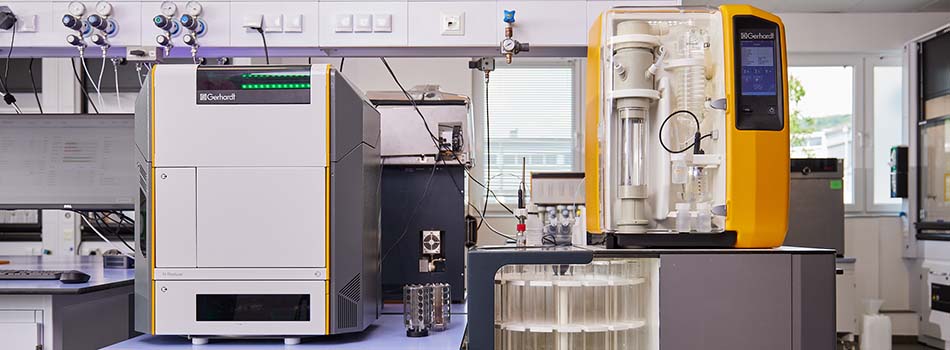Nitrogen is a substantial part of our everyday lives. It occurs naturally in soils and serves as the basis for plant growth. By absorbing these same plants, it also serves animals and humans as a source of protein for growth and metabolism.
The determination of nitrogen is therefore of great importance for various areas. Firstly, for environmental and residue analysis. Here, the nitrogen or protein content is decisive for the quality of soil, waste water, fertilizers and plant material. On the other hand, it is also an important indicator of quality in the feed and food industry and therefore for the pricing of a product.
There are various analytical methods for determining the nitrogen content, which is then used to calculate the protein content. The two most common methods are the Kjeldahl and Dumas methods.
The classic Kjeldahl method has been recognized as the reference method for nitrogen determination since its publication in 1883 and was long considered unchallenged. The much older Dumas combustion method from 1831 has only been able to establish itself as the reference method for nitrogen determination in recent decades.
In this white paper, we take a closer look at the different approaches of the two methods and their specific advantages and disadvantages. We also look at the various factors that need to be considered when deciding which of the methods is the right choice for a laboratory.


![[Translate to English:] [Translate to English:]](/fileadmin/Redaktion/produkte/n-realyzer/N-Realyzer_kachel_450_x_450.jpg)
![[Translate to English:] [Translate to English:]](/fileadmin/Redaktion/Freigestellte_Produktbilder/web_pic_vapodest_450x450px.jpg)
![[Translate to English:] [Translate to English:]](/fileadmin/Redaktion/Freigestellte_Produktbilder/web_pic_kjeldatherm_450x450px.jpg)
